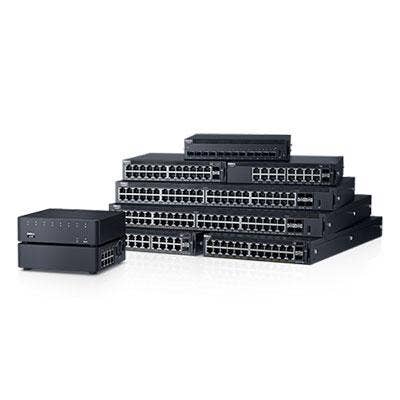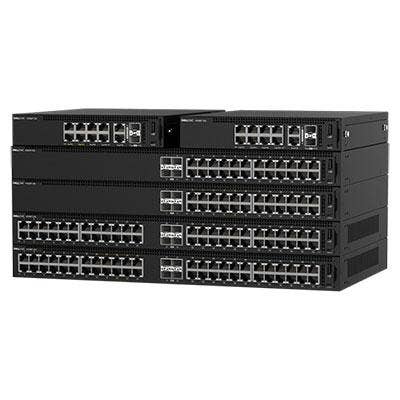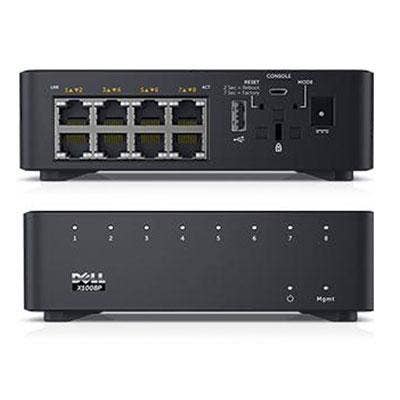The 5 Most Important Things About Dell EMC Networking's X Series Switches And Distribution-Exclusive Sales Strategy

X Marks The Spot
Launched about a year ago, Dell EMC Networking's X Series switches go head to head with Hewlett Packard Enterprise in the SMB market and go hand in hand with the company's wider ambition to become an enterprise networking power player to rival Cisco Systems.
Dell EMC Networking said Thursday that the X Series will be available exclusively through distribution, marking the first time Dell EMC has used that particular go-to-market strategy. The strategy underlines Dell EMC's commitment to the channel, and it's also intended to encourage and streamline cross-selling opportunities with the company's commercial laptop line.
The X Series has been growing at a double-digit clip since its introduction, and Dell EMC executives like networking boss Tom Burns and Senior Vice President of Worldwide Distribution Jim DeFoe say going through distribution exclusively helps capitalize on the market's move toward simplicity and speed.

A Strategy To Match The Market
Burns says the networking market is at "an inflection point," where customers are demanding greater simplicity in the deployment and operation of their networking solutions. The distribution strategy allows Dell EMC to put the X Series, which employs a GUI interface and the ability to be pre-configured via a USB port, in front of more customers than it would be able to on its own. It also underscores Dell EMC's commitment to make its channel business a priority. According to DeFoe, Dell EMC's distribution business is growing faster than any of the company's other routes to market.

A Commitment To The Channel
Going distribution-exclusive for the X Series signals that Dell EMC has focused on removing any conflict with channel partners. De Foe said distribution is the fastest-growing part of Dell EMC's business. "We're seeing our distributors today being able to expand lines of business for us," he said. "Distribution is able to upsell and cross-sell."

Pushing Growth In The Portfolio
Since establishing a unified channel program early this year, Dell channel executives have stressed the importance of selling across the vendor's broad portfolio. Part of the rationale for pushing the X Series through distribution exclusively is that it makes it easier for solution providers to cross-sell the switches with Dell laptops, which Dell executives consider a large, untapped market for the switching business. Last year, Dell EMC's switching business grew 7 percent while the market as a whole grew about 4 percent, according to Burns. Dell EMC Networking's data center business grew double digits.

Lining It Up
The X Series was introduced about a year ago, and it includes 1 GbE and 10 GbE switches aimed at small- and midsize-business and campus environments. Dell EMC Networking followed up the release with several new products in May. The line stresses ease of use with a GUI interface, streamlined tools and a single dashboard. The series' Power over Ethernet models can power wireless access points, phones, cameras, other switches and network devices. The X Series is available from eight ports up to 52 ports and includes what Dell EMC calls the industry's first 12-port, 10 GbE all-fiber model designed for speed and network aggregation.

Series Aimed Squarely At Mobility, Competition
Dell EMC says the compact, 1U, half-rack X1018 and X1018P get twice the rack density of its competing products. The X1026 and X1026P make the same density boast, as well as more total Power over Ethernet power. The 1052 and 1052P are said to have 10 times the uplink capacity and 69 percent more fabric capacity than competitors and the X4012 is the only smart, web-managed all-fiber switch in the industry, according to Dell EMC.